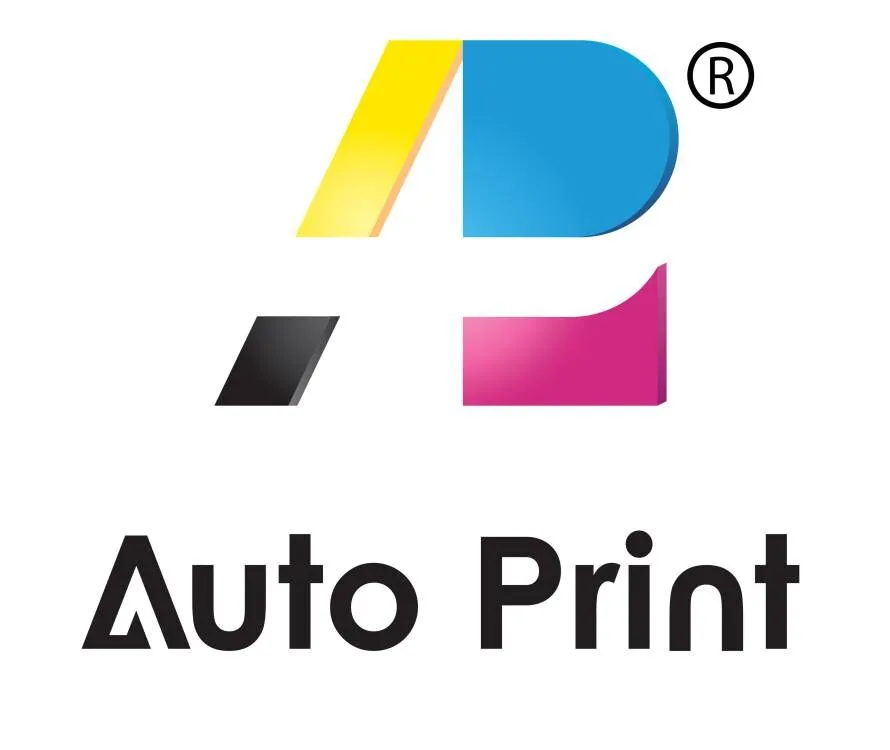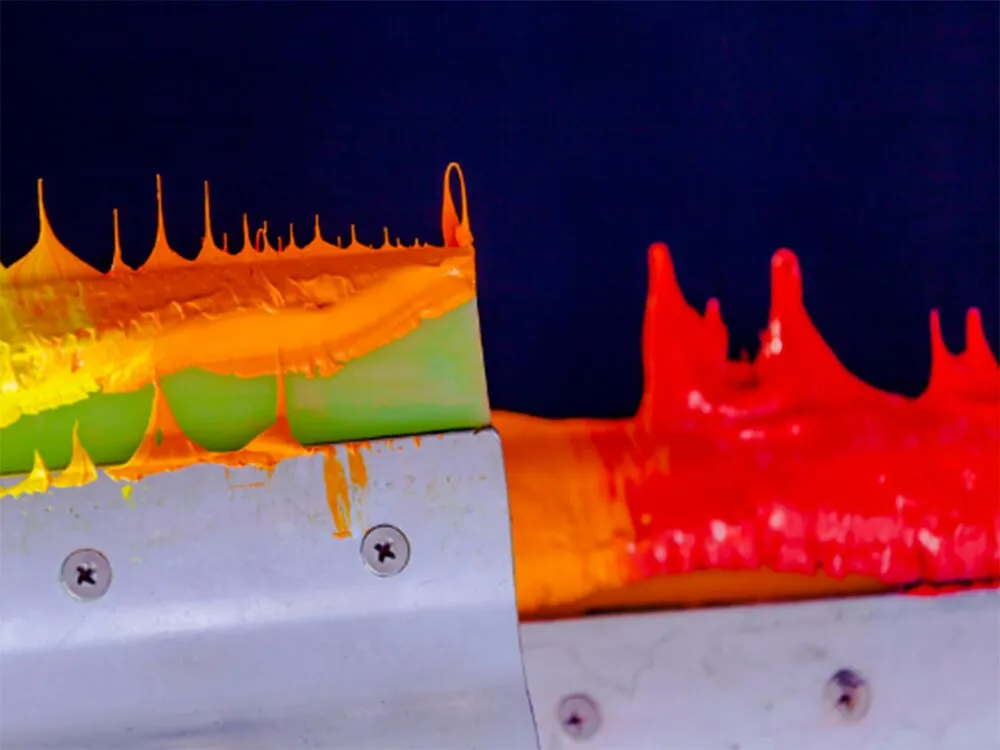Screen Printing Knowledge
How to Choose The Best Screen Printing Ink for Your Bussiness
This post aims to help you learn about different screen printing inks and the best ink for screen printing business. Plus, how the characteristics of each ink type combine with your particular approach to the industry.
When shopping for screen printing ink, it’s helpful to grasp the various options and what they’re most suited for. Solvent-based, aqueous, discharge, plastisol, ultraviolet-cured, and UV-cured inks are the six most common kinds of ink.
Different Types of Screen Printing Inks
Solvent-based Inks
Solvent-based inks are always the way to go when it comes to screen printing. They last long, are completely opaque, and make excellent prints. They are the most potent inks, but only experts should use them because of their toxicity.
Water-Based Screen Printing Inks
In general, beginners should start with water-based inks since they are safer than solvent-based inks. They don’t last as long or are as opaque as solvent-based inks, but the prints they make are nonetheless of high quality.
Some of today’s water-based screen printing inks are user-friendly and provide color that is purer and more vivid than plastisol inks. Water-based inks don’t need organic solvents for cleanup after printing and also have a softer feel since they don’t include dangerous chemicals like PVC and phthalates.
When selecting suitable screen printing ink, it’s crucial to think about their potential effects on the environment. There has never been a more perilous time for the planet, making each of our actions crucial in either exacerbating or alleviating environmental issues. Because they are better for the environment, water-based inks have replaced oil-based inks as the most popular way to print on screens.
Aqueous Inks
The digital printing industry has developed a special sort of water-based ink called aqueous ink. High-quality prints may be made using them, complete with true colors and a high level of fade resistance. They may be hazardous to the environment and can be rather pricey.
Discharge Inks
In order to print on dark textiles, discharge inks are employed. They bleach the cloth to make the design stand out against the white background. In general, materials that will not be washed often are best suited for usage with discharge inks since they are not as long-lasting as other forms of ink.
Plastisol Screen Print Inks
When it comes to T-shirt screen printing, plastisol inks are often used. In addition to being long-lasting and opaque, they also provide prints of exceptional quality as reflective screen printing ink.
However, the durability and opacity of prints are made using plastisol inks as fabric screen printing ink.
UV-cured Inks
When exposed to ultraviolet light, the ink in UV printers dries fast, making it ideal for mass production. High-quality prints may be made using them, complete with true colors and a high level of fade resistance. But they may be pricey and even damage the ecosystem in certain cases.
Consider the cloth you’ll be printing on, the design you wish to make, and the printer’s skill level before settling on an ink. Beautiful, long-lasting screen prints are possible with the appropriate ink.
How Can I Use And Store Screen Printing Ink Properly?
The term “screen printing ink” refers to a particular kind of ink that is made for use in this printing method. Because of its excellent adherence to the screen and excellent colorfastness, it is perfect for this application. In order to achieve the best results every time you print with a screen printer, it is important to use the screen ink printing properly and keep it at the proper temperature. The following are some suggestions for doing so:
- Make sure you’re using the right screen printing ink for the job. Screen printing ink comes in a wide variety of forms, and each has its own special qualities. The poor print quality or even damage to your printer might come from using the incorrect type.
- The best ink for screen printingmust be well blended before use. Ink should be properly blended before usage for best results.
- Be sure to keep the ink in a cold, dark area. Poor quality prints might arise from exposing the ink to too much heat or light.
- You should never put unused ink back into its original container. The whole bottle of ink might become useless if this happens. When the ink is empty, transfer it to a new container and throw away the old one.
- If you use and keep your screen printing ink properly, you will get the best possible results every time.
What Factors Should You Think About When Deciding on Screen Printing Ink?
The vast array of hues available in screen printing inks might make it difficult to settle on the best option. Here are some guidelines for putting several screen printing inks to the test and comparing their relative merits in order to settle on the best option for your particular project:
Fabric Compatibility
Find out which one is compatible with the type of cloth you want to use.
Safety
Make sure the ink you use has been certified as non-toxic in accordance with ASTM D 4237.
Quality
The general rule of thumb is to choose products from well-known companies and to focus on the features that will be most useful for the specific task at hand.
Compare The Transparency Of Each Ink
A more opaque ink like gold screen printing ink will result in a darker printed image since less light will be able to travel through it.
Consider The Color Combination
It’s important to choose an ink that matches the intended tone since some are brighter or darker than others. For example, matching dark t-shirts with metallic screen printing ink is better than using it for white t-shirts.
Examine How Long It Takes For Each Ink To Dry
If you want to move rapidly on to the next stage of the printing process, you’ll need ink that dries quickly.
Feel The Differences In Ink Texture
The overall quality of your print might be improved by using ink with a smoother texture than others.
Cost
Not all inks are made equal, so it’s important to shop around for the best price for the value. If you follow these tips, it won’t be hard to find the right screen printing ink for your projects.
FAQs About Screen Printing Ink
What Is The Best Screen Printing Ink?
Screen printers may choose from a wide variety of inks, each with its own set of pros and cons. The best ink for you is the ink that best suits your requirements and tastes. The most common inks are as follows:
- The vast majority of screen printing inks are water-based. In addition to producing brilliant colors, they are also simple to use and clean up afterward. Water-based inks are better for the environment, but they may be more expensive and less useful.
- As an alternative to water-based inks, solvent-based inks and glitter screen print ink is often used in the screen printing industry. There’s a large variety of hues and textures to choose from, and they tend to last a long time. Solvent inks, on the other hand, are often more hazardous to deal with and need additional safety measures.
- Newer and gaining in popularity are UV-curable inks. Because of the UV curing, these inks dry in a relatively short amount of time. In addition to their adaptability, UV-curable inks may be applied to many different surfaces. However, they may be too pricey for certain jobs and have less versatility than standard inks.
Is Speedball Ink Great for Screen Printing?
It’s not hard to understand why speedball screen printing ink is so widely used in the screen printing industry. This ink’s wide range of compatibility makes it ideal for a wide range of applications. It has the added benefits of being quick-drying and producing high-quality prints.
It’s true that Speedball ink is great for screen printing, but there are a few things to remember. To begin with, you must choose an appropriate ink for your work. Speedball inks and Jacquard screen printing ink may either be water-based or oil-based.
In spite of water-based inks’ versatility, printing on dark or greasy surfaces may be a challenge. However, oil-based inks work well on such substrates for printing. Because they don’t run or smudge, they’re also fantastic for printing on textiles. Oil-based inks, on the other hand, maybe a pain to get rid of and can leave an oily film behind if you’re not cautious.
Can You Possibly Use Any Screen Print Ink?
In a nutshell, yes, any ink may be used for screen printing. Nonetheless, not all inks are created equal, and some were made with a screen printing press in mind.
Use ink that shows up well on both bright and dark fabrics while you’re just getting started. After you’ve gotten the hang of basic screen printing techniques, you may play around with other inks to find the ones that perform best for your specific needs.
Final Thoughts
As a rule of thumb, ask yourself whether the ink for screen printing matches the printing material, environment, and the cost.
- Screen printing using plastisol is not the greenest choice if you’re concerned about the environment.
- Do you need a really vivid print on a dark mixed fabric? Using plastisol is the only choice.
- Do you want to create the softest personalized t-shirts ever? Then it’s obvious that you should use water-based ink or puff screen print ink.
When used properly, some inks are capable of producing excellent results.

